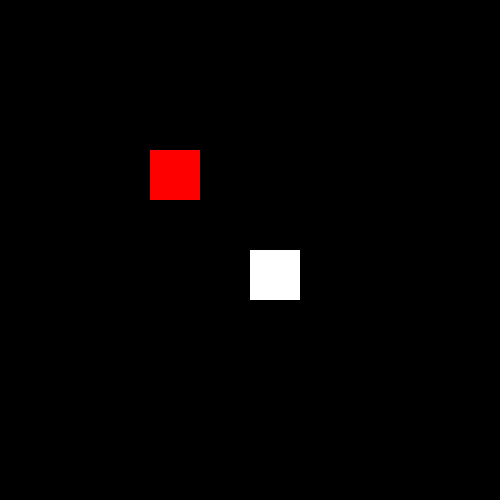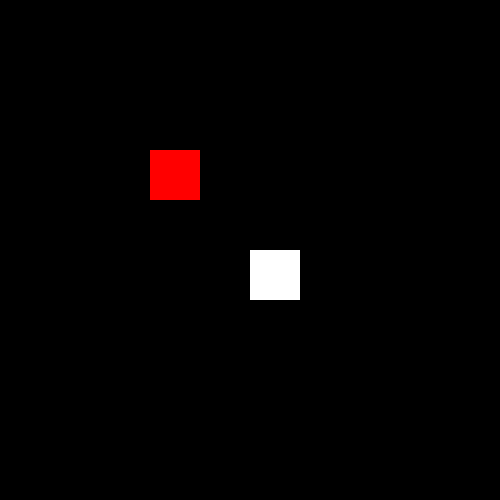Use the deep neural network and genetic algorithm to build the artificial intelligence (AI) to play the classic snake game.
The snake looks at 8 directions at the position of its head. These directions
are up, down, left, right, up-right, up-left, down-left and down-right.
In each direction, it measures the distance between its head and the wall,
the food and the body. So there 8 * 3 = 24 pieces of information
in total. These 24 pieces of information are the input features used
in the deep neural network to train the AI.
To use genetic algorithm to train the snakes, or optimize the "brain" of the snakes, the way of evaluating the performance of snakes are important.
The evaluating of performance for snakes mainly involves the following aspects: the final length of the snake, the number of steps it moves and the number of turns it takes.
To make the comparison fair for different snakes (different in brains), the snakes should be ran under the same environments. In another word, the generation of food for all the snakes should be the same. Since the food generation is random, setting the same environment can be easily achieved by seeding the random number generator with fixed seed.
To use genetic algorithm to train the snakes, there are two layers of loops, one is the loop over generations of snakes, and the other is the loop over the set of environments. To evolve the group of snakes, there are two strategies. One is setting the outer loop for generations and the inner loop for environments. This lets each generation of snakes explore multiple environments to learn how to survive. The other is setting the outer loop for the environments and the inner loop for generations. This lets snakes learn the certain environment generation by generation.
Following are two trained snakes searching for food in a 10x10 game board.
Inspired by the following repositories:

